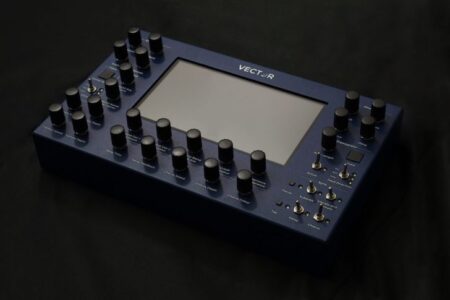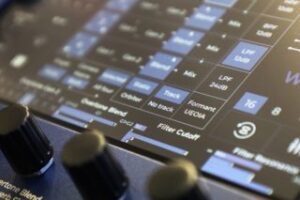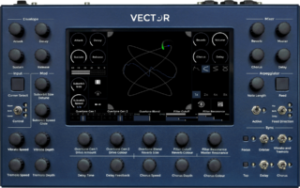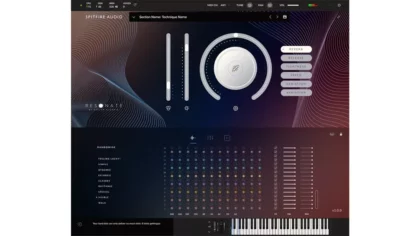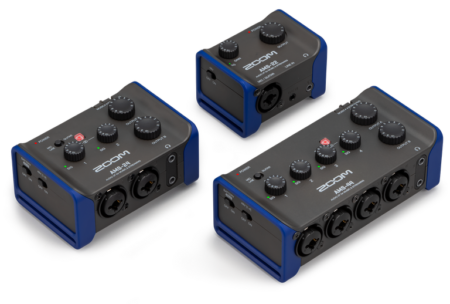Vector Synth announces New Firmware and Production Updates
The makers of Vector Synth have recently announced the availability of a new firmware update, along with news of another production run.
Vector Synth is a digital synth module that features a hybrid synth engine, 16-voice polyphony, a deep arpeggiator, effects and more.
The focus of the latest firmware update is implementing Vector Synth users’ most requested features, as well as improvements to the Orbiter engine and a new filter.
The two new Orbiter engine boasts two new shapes: N-Gon and Pulse. Already existing lissajous-based formulas provide smooth timbre changes, while the new shapes are designed for sharp and intricate thumping rhythms, almost to the point of timbre sequencing.
Another improvement is the introduction of a new Formant filter, which brings us up to 5 filter types, up to 4 filters per voice, in a maximum concurrent total of 64.
At a glance:
- Two brand new Orbiter shapes: N-gon and Pulse
- New filter: Formant
- Increased available Orbiter speeds
- Adjustable knob speed
- Adjustable pitch bend range
- Added an option to set the default preset and BPM
- Better MIDI Bank Select to load patches support
- Damper and Sostenuto CC support
- MIDI Through support
- MIDI Continue support
- “Dot” Delay Time added
- Double-tap on a preset to load
- Added an option to hide incoming MIDI CC popups
- Screen brightness adjustment
- as well as various other “fixes and small improvements”
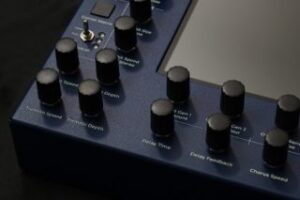 The firmware update is available.
The firmware update is available.
Vector Synth also announced that they have begun producing their sixth batch of synthesizers since the debut of the synth in 2019. Components are in stock, and units are being produced and shipped within ten days of ordering at this time.
Vector Synth is available exclusively via the Vector Synth website, and is €825 (plus EU VAT, where applicable).
Find out more additional information, including Soundcloud examples, at the Vector Synth website.
